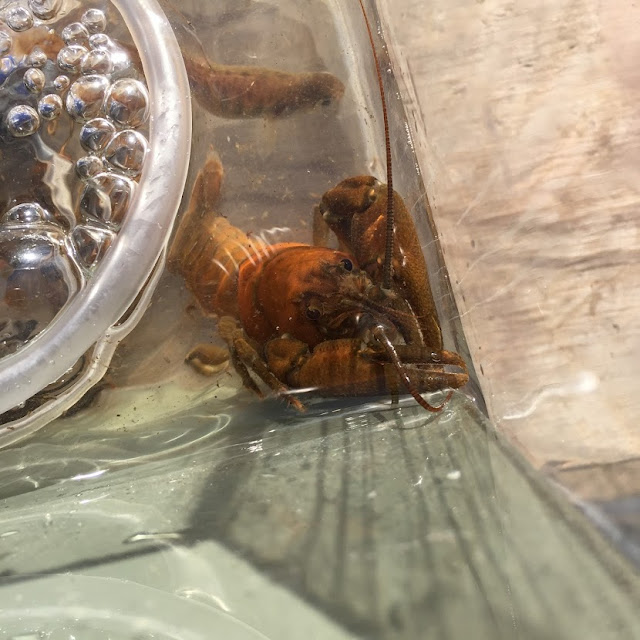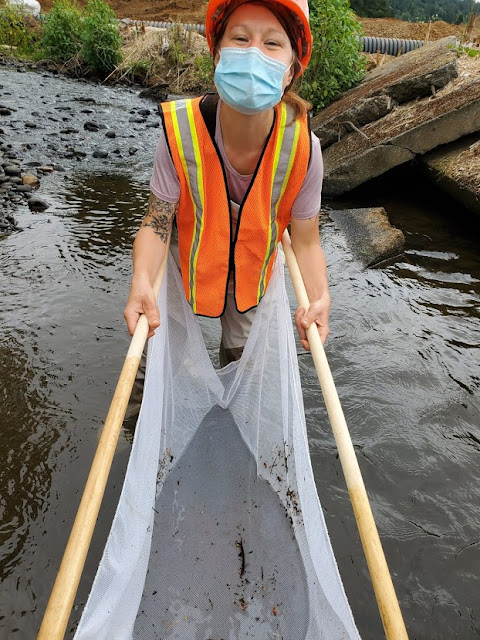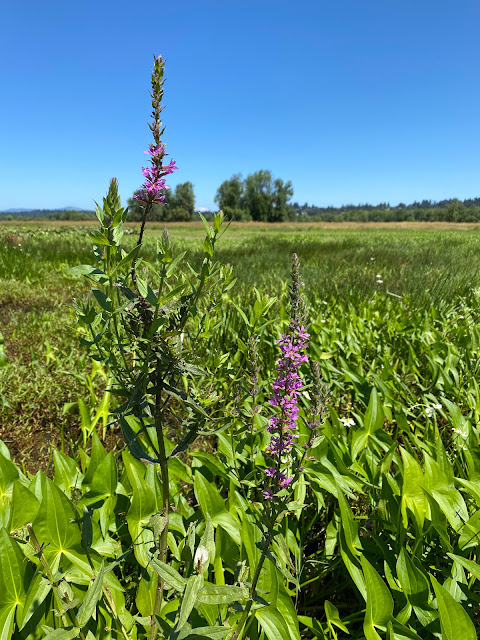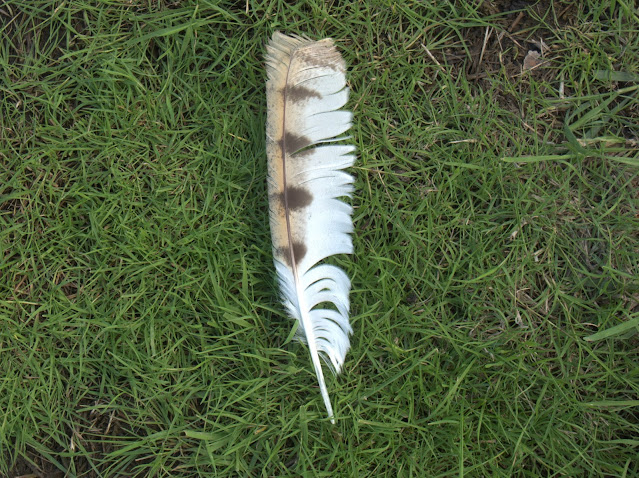December 21, 2020 - Flashback to Gibbons Fish Salvage
Construction for the Steigerwald Reconnection Project began in Spring of 2020, and with the construction winding down for the winter - I figured this would be a perfect time to recall what an amazing effort went into this project in the spring & summer of 2020. While I only participated in this project for a single day during the summer, I was still able to capture some awesome photos and learn a lot about the processes that are being implemented.
This aim of this project, is to enhance habitat for aquatic and terrestrial species while also addressing changes that must be made to the Refuge for the increased involvement of our local community. A huge portion of the project includes redirecting the waters of Gibbons Creek through Refuge land and feeding it into the Columbia River. The hope, is that this will create almost 1,000 acres of restored floodplain habitat that is ideal for juvenile salmon. On top of the re-direction of Gibbons Creek, there will also be efforts going into improving the levee system that surrounds the Refuge, which will in turn offer flood protection to the Port of Camas-Washougal and nearby water systems. By the spring of 2022, the Refuge plans to re-open with a brand new parking lot and expanded trail systems. To learn more about this project, click here!
Gibbons Fish Salvage
Through the combined efforts of Stillwater Sciences, the U.S. Fish and Wildlife Service, the Lower Columbia Estuary Partnership, and LKE corporation - a fish salvage was performed over the course of several days in July of 2020. The team work of these organizations lead to the de-fishing of an 800-foot length stretch of the Creek. In total, 1,388 lamprey, 365 juvenile coho salmon, 38 cutthroat trout, as well as large numbers of Sculpin, Three-spined stickleback, dace, and even a small amount of Oregon floater mussels were rescued from this portion of the Creek before it was completely de-watered.
A combination of seine nets and dip nets were used to run initial passes through the creek waters to gather as many fish as possible. After these nets had captured as many fish as possible, electrofishing equipment was utilized to gently stun the fish - not harm them in any way. This helped the staff to easily access those fish that were hiding in hard to reach places. After the fish were captured, they were placed in cool containers of water rigged with bubblers to maintain oxygen levels. The fish were then counted, identified by species, and then released into a different & safer portion of the Creek.
 |
Kim Gould taking the fish out of their holding buckets to be processed. |
 |
A cutthroat trout that we caught with a seine net. |
 |
A feisty crayfish that was captured! These guys liked to burrow underneath larger rocks and pebbles. |
 |
Some juvenile coho salmon. |





Comments
Post a Comment